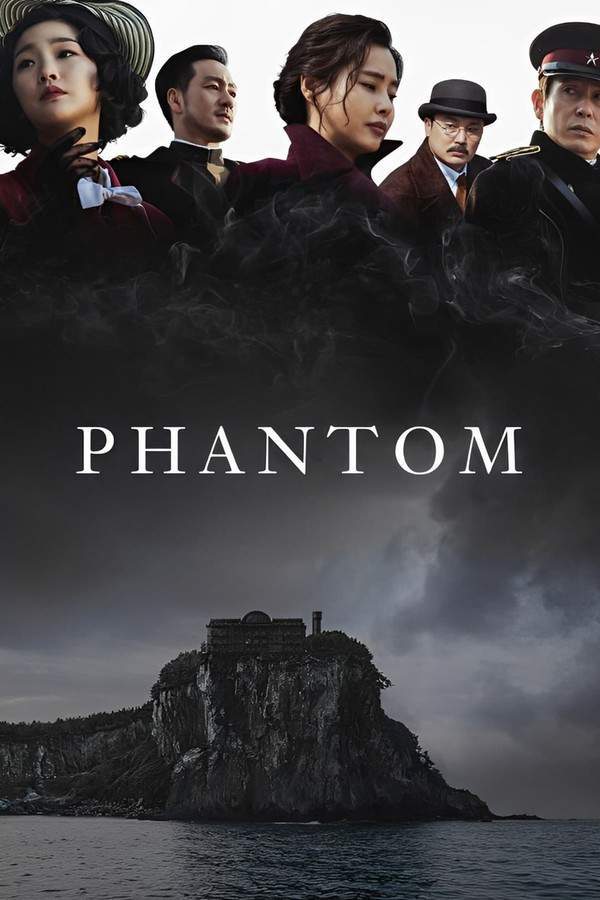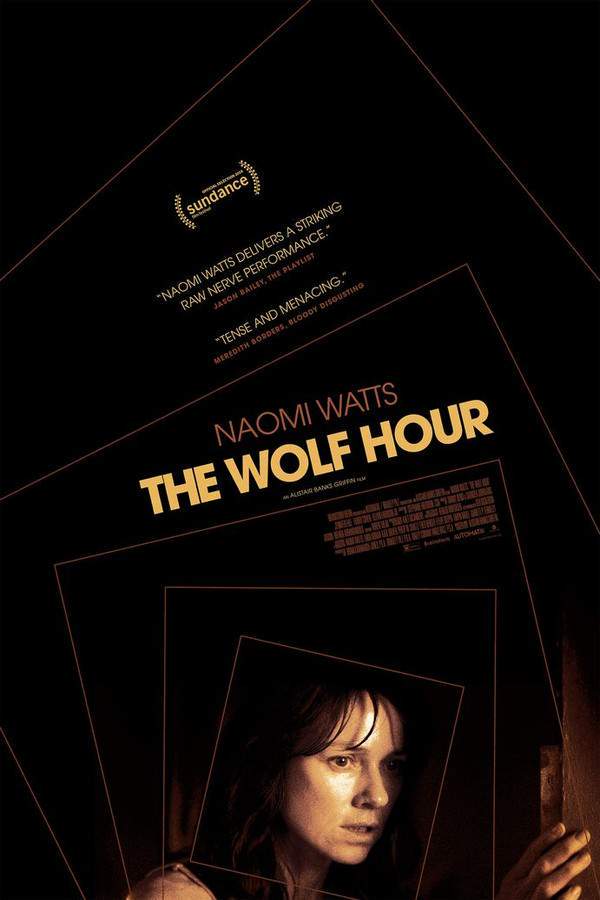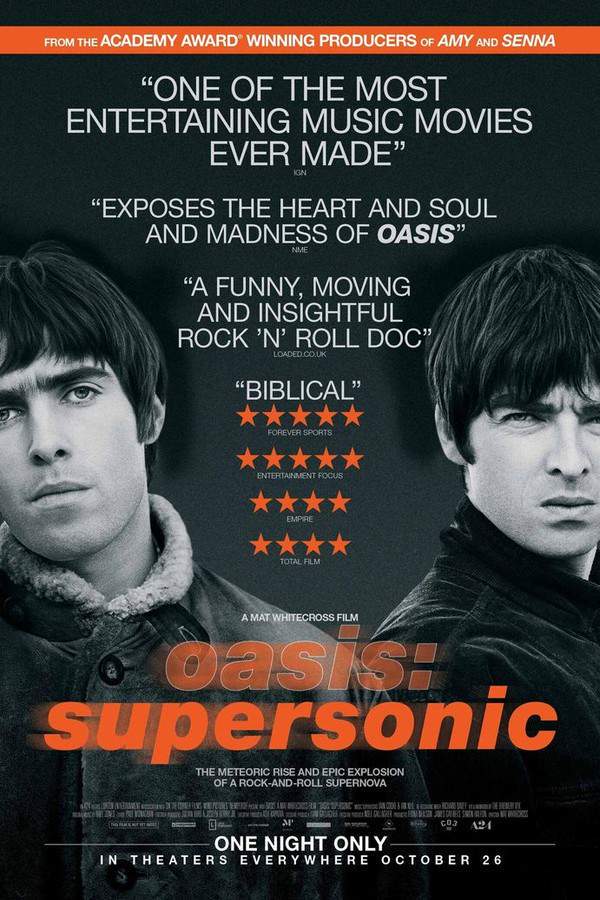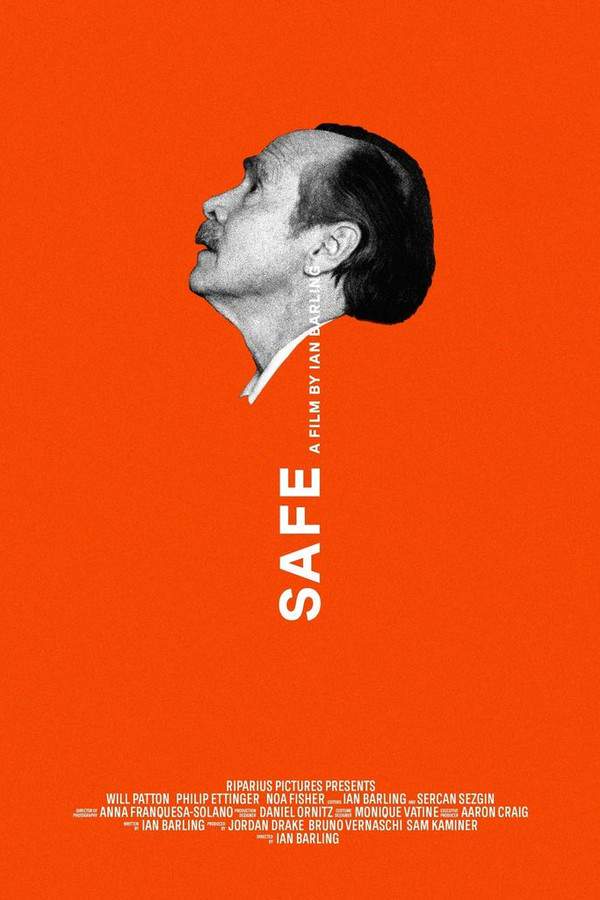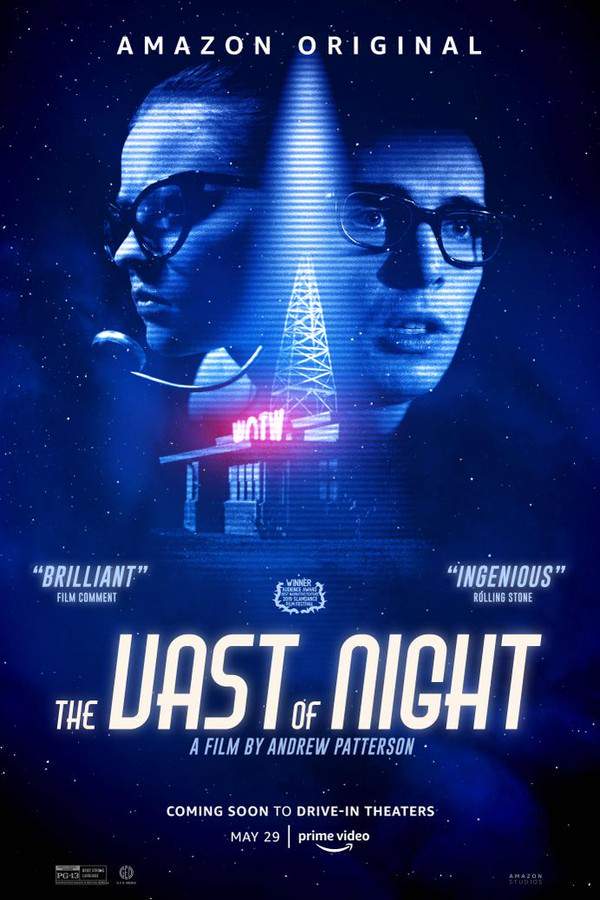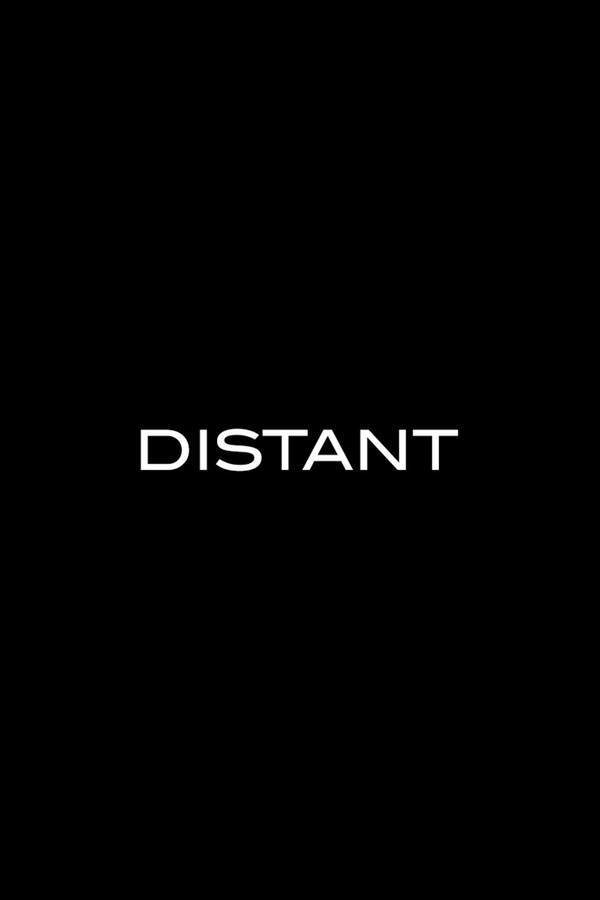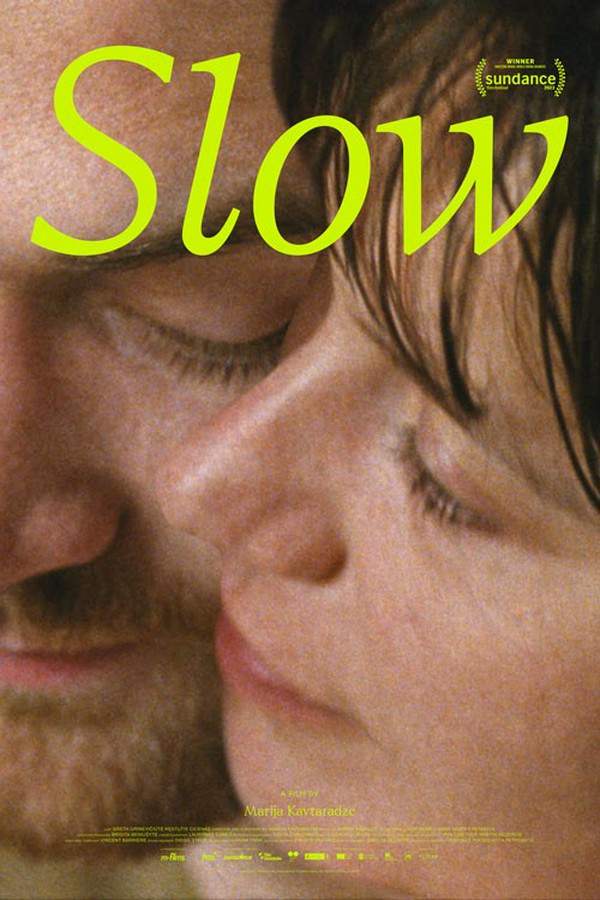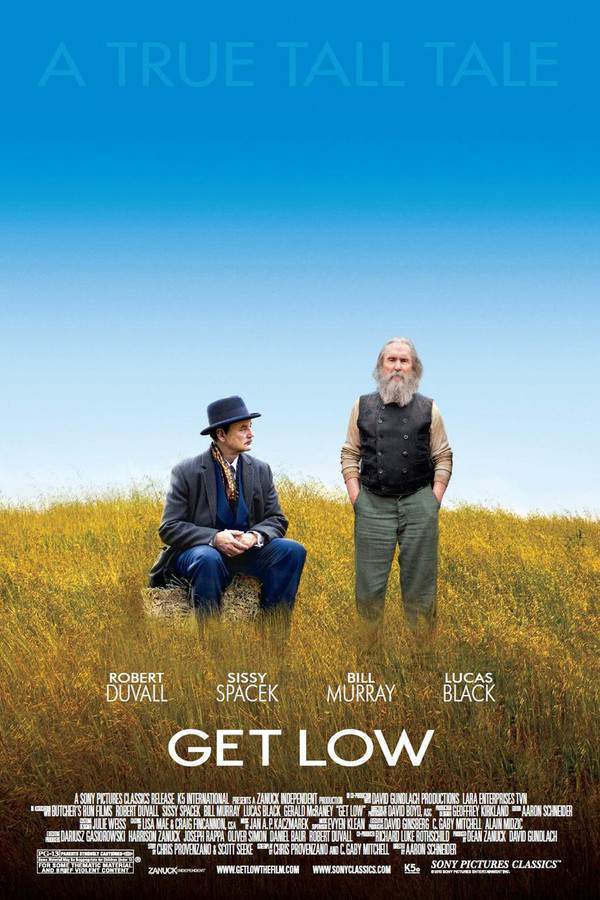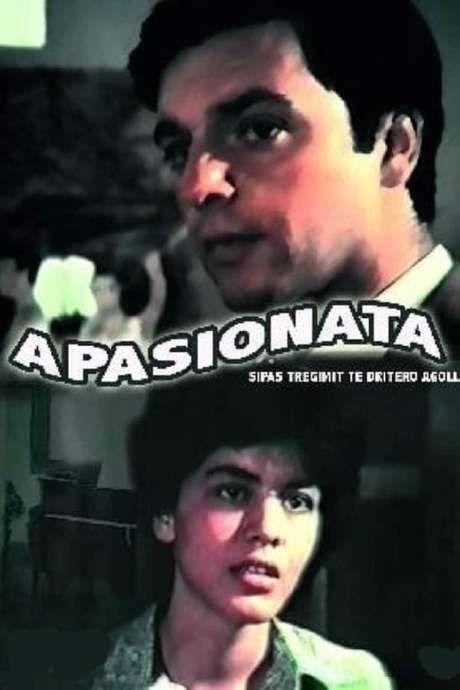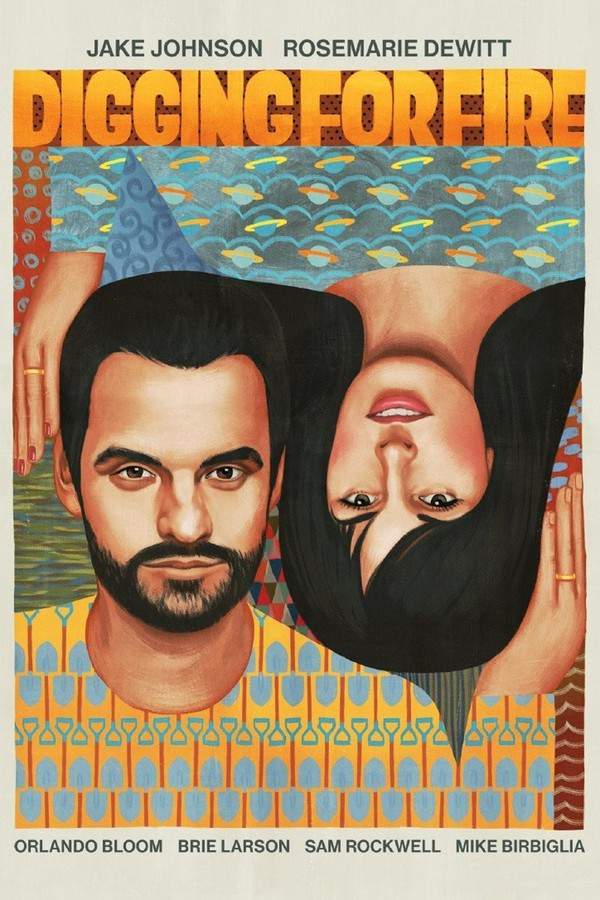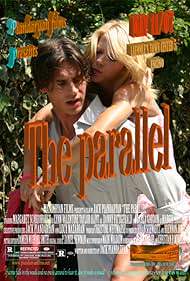
The Parallel
Year: 2007
Runtime: 90 min
Language: English
Director: Jack Piandaryan
A former athlete finds himself unexpectedly transported to an alternate reality. He's now a middle-aged man facing a stagnant marriage and a past he doesn't recall. Struggling to understand his new life, he confronts a confusing mix of familiar and foreign experiences as the boundaries of his memories become increasingly unclear. He must unravel the mystery of his identity and how he arrived in this strange world.
Warning: spoilers below!
Haven’t seen The Parallel yet? This summary contains major spoilers. Bookmark the page, watch the movie, and come back for the full breakdown. If you're ready, scroll on and relive the story!
The Parallel (2007) – Full Plot Summary & Ending Explained
Read the complete plot breakdown of The Parallel (2007), including all key story events, major twists, and the ending explained in detail. Discover what really happened—and what it all means.
In orbit around Earth, an astronaut named Major Robert Gaines rides the quiet of his space capsule as he completes a mission, when a sudden failure in his communications leaves him adrift and unconscious. He wakes up back on Earth with no memory of how he returned, appearing none the worse for wear, and is released into the custody of his family.
From the very first moments, something inside the ordinary has shifted. A white picket fence surrounds the house—something Gaines does not recognize—and his wife, Helen, insists it has always been there since they moved in. The confusion deepens when a clear mismatch appears on his collar: a photograph shows him as a Colonel, even though he believes himself to be a Major, and Helen mutters that he has been a Colonel for months. The reunion is tender—she plants a kiss on him to reassure him—but the kiss seems to reveal more than warmth; it signals that something essential has changed. Helen’s attempts to help reveal further fissures: she reaches to call a friend, a fellow officer, but Gaines cuts her off, insisting she was only inviting him and his wife to dinner. The domestic scene hums with normalcy on the surface, yet the undercurrents of doubt begin to pull Gaines away from certainty.
As the day unfolds, a series of small, unsettling details mounts. When Maggie brings coffee, Gaines stops her from adding sugar, and her remark that he’s different—“something is wrong”—lands with him as a corroboration he cannot ignore. When Helen candidly admits she cannot explain what is happening to him, he grows more insistent that he must face a formal examination. A chilling assertion follows: he believes the President of the United States is John F. Kennedy, a name no one else recognizes, and this conviction drives him toward a singular conclusion—he has slipped into a parallel universe.
The plot thickens as a mechanic notes a critical discrepancy: the space capsule Gaines was launched in is not an exact match to the one he has returned in. The discrepancy becomes the hinge on which Gaines’ hypothesis turns—could reality itself have changed? He is summoned to inspect the capsule, and as he approaches it, he feels himself being drawn back to the moment he departed his own universe. The moment of truth arrives with a careful landing and a report to his superiors. They are prepared to chalk his experience up to a nightmare, a psychosomatic fracture of perception, rather than a real phenomenon.
Yet the anomaly refuses to fade. Controllers on the ground intercept another transmission—this time from Colonel Robert Gaines himself. The broadcasting fear and uncertainty are palpable as the signal cuts out mere seconds later, and the Colonel vanishes from radar. The tension intensifies, and Gaines returns home with a cautious hope that he is simply facing a bizarre episode in need of explanation. The final turn of the story brings a stark, emotional reveal: his daughter recognizes him again, and the white picket fence is suddenly absent, as if the changes driving his world are not just inside his head but have altered the very fabric of his home life.
What emerges is a quiet meditation on memory, identity, and the fragility of the line between reality and perception. Gaines’ experiences force him, and the audience, to confront the possibility that the universe can shift in subtle, almost unnoticeable ways, altering people’s memories, statuses, and the physical surroundings they inhabit. The narrative unfolds with a restrained, clinical tone that never overclaims, instead letting the contradictions and discoveries accumulate until they form a coherent, if unsettling, picture of a man who returns not to the same world he left, but to one that has quietly rewritten his place within it. The story invites reflection on how we define who we are when the foundations of our daily lives—our home, our family, even the roles we hold in society—have suddenly altered without our consent. It remains a careful balance of science-fiction intrigue and intimate human drama, presenting a luminous puzzle rooted in the tension between memory and reality.
Last Updated: October 01, 2025 at 13:04
Explore Movie Threads
Discover curated groups of movies connected by mood, themes, and story style. Browse collections built around emotion, atmosphere, and narrative focus to easily find films that match what you feel like watching right now.
Movies about unraveling reality like The Parallel
Characters confronted with subtle discrepancies that make them question their sanity.Discover films similar to The Parallel that explore the unsettling feeling of reality shifting. If you enjoyed the psychological tension of a protagonist questioning their own existence, you'll find more mind-bending dramas and slow-burn sci-fi stories here.
Narrative Summary
These stories typically unfold as a mystery of perception, where a character notices subtle but persistent anomalies in their world. The narrative builds tension not through action, but through the accumulating weight of these discrepancies, forcing a confrontation with the possibility that their entire life is an illusion or a construct.
Why These Movies?
They are grouped by their shared focus on the psychological horror of a disintegrating reality. They prioritize a tense, cerebral atmosphere over physical threat, creating a deeply unsettling and paranoid viewing experience centered on the theme of identity.
Slow burn atmospheric movies like The Parallel
A deliberate, quiet buildup of psychological unease and character isolation.If you liked the deliberate pacing and anxious mood of The Parallel, explore this collection of films. Find similar slow-burn dramas and psychological stories that build tension through atmosphere and character disorientation rather than fast-paced plots.
Narrative Summary
The narrative in these films is often character-driven, focusing on the internal state of a protagonist who feels increasingly detached from their surroundings. The plot unfolds gradually, emphasizing mood and emotional resonance over conventional story beats, often leading to an ambiguous or open-ended conclusion.
Why These Movies?
They share a specific combination of slow pacing, a tense or melancholic tone, and a medium intensity that is more psychological than visceral. This creates a cohesive viewing experience for audiences seeking thoughtful, atmospheric, and emotionally engaging stories.
Unlock the Full Story of The Parallel
Don't stop at just watching — explore The Parallel in full detail. From the complete plot summary and scene-by-scene timeline to character breakdowns, thematic analysis, and a deep dive into the ending — every page helps you truly understand what The Parallel is all about. Plus, discover what's next after the movie.
The Parallel Timeline
Track the full timeline of The Parallel with every major event arranged chronologically. Perfect for decoding non-linear storytelling, flashbacks, or parallel narratives with a clear scene-by-scene breakdown.

Characters, Settings & Themes in The Parallel
Discover the characters, locations, and core themes that shape The Parallel. Get insights into symbolic elements, setting significance, and deeper narrative meaning — ideal for thematic analysis and movie breakdowns.

The Parallel Spoiler-Free Summary
Get a quick, spoiler-free overview of The Parallel that covers the main plot points and key details without revealing any major twists or spoilers. Perfect for those who want to know what to expect before diving in.

More About The Parallel
Visit What's After the Movie to explore more about The Parallel: box office results, cast and crew info, production details, post-credit scenes, and external links — all in one place for movie fans and researchers.




